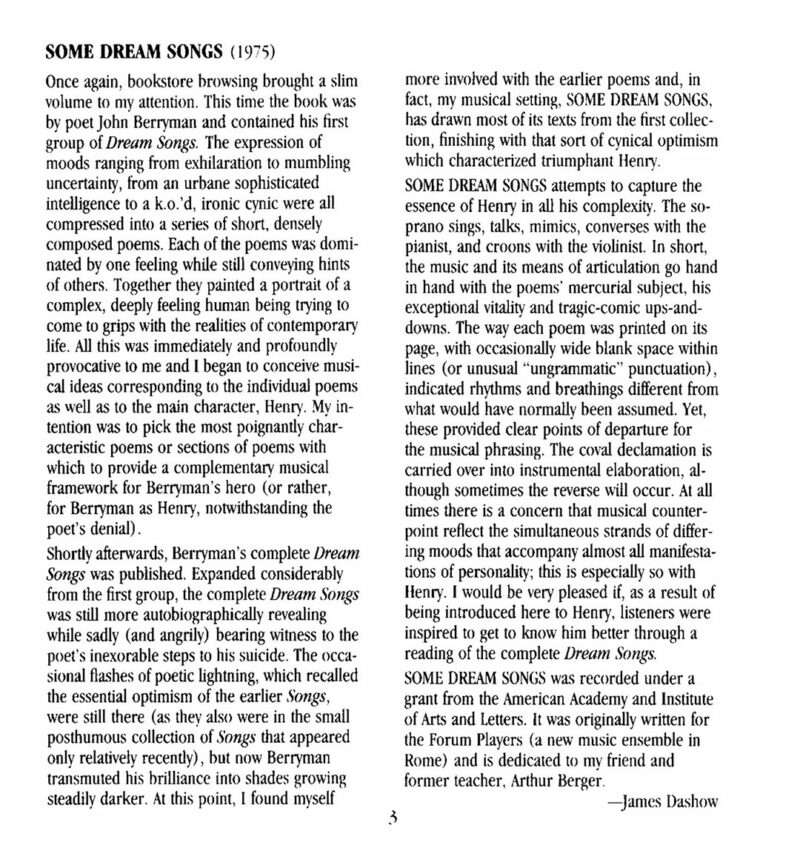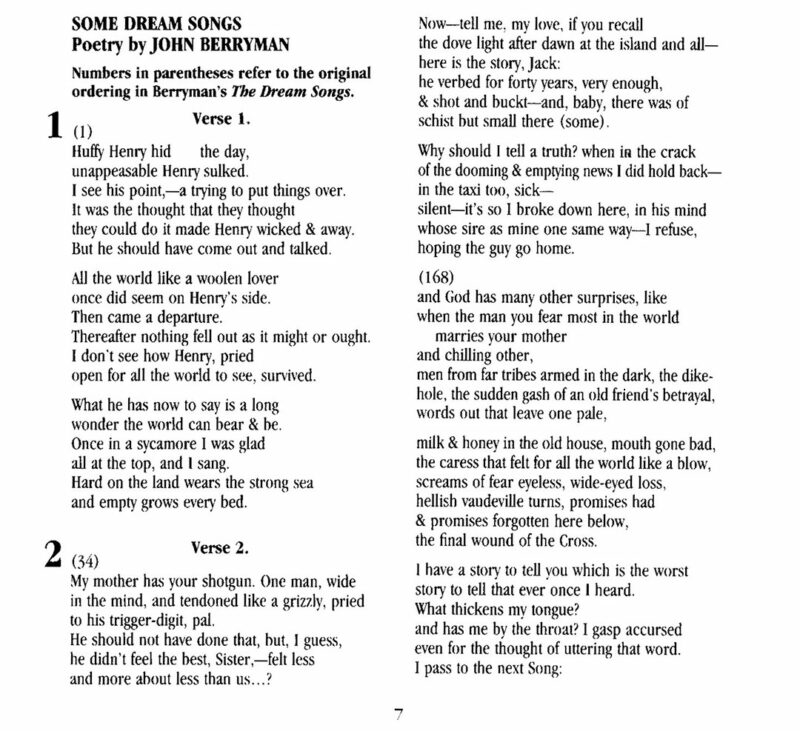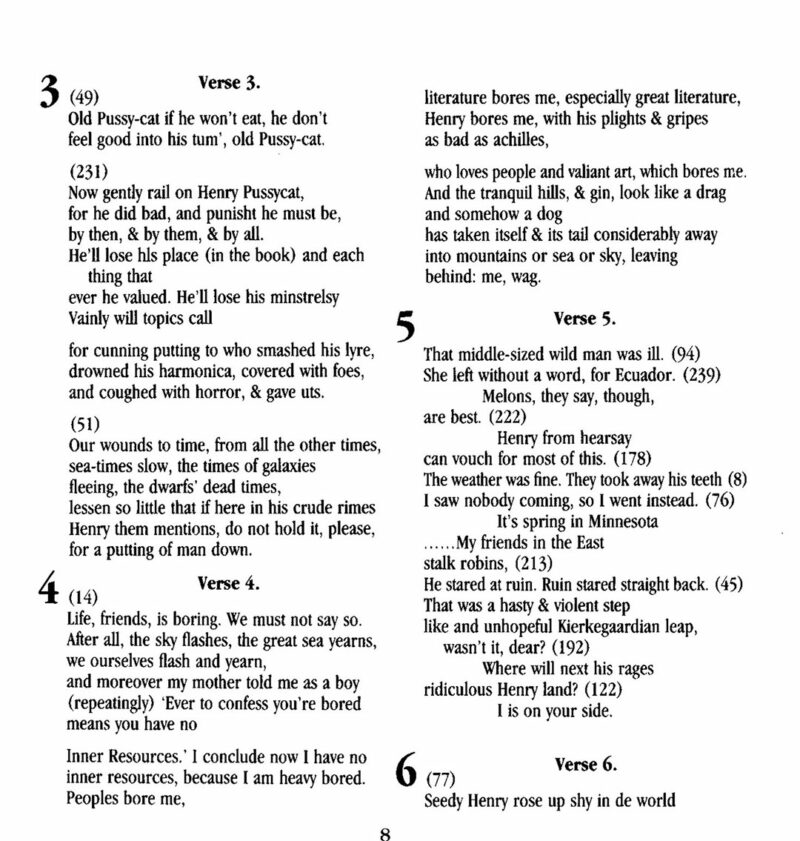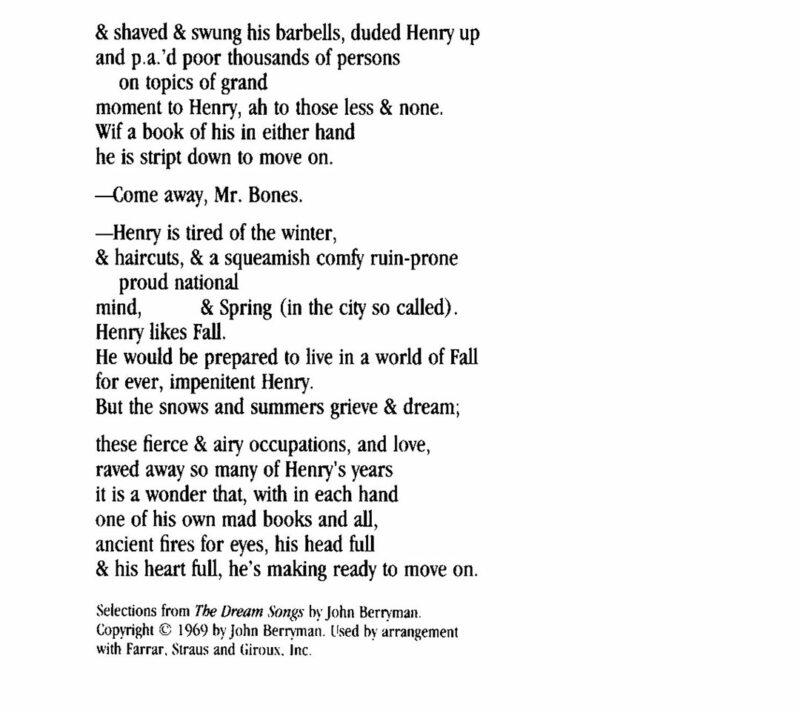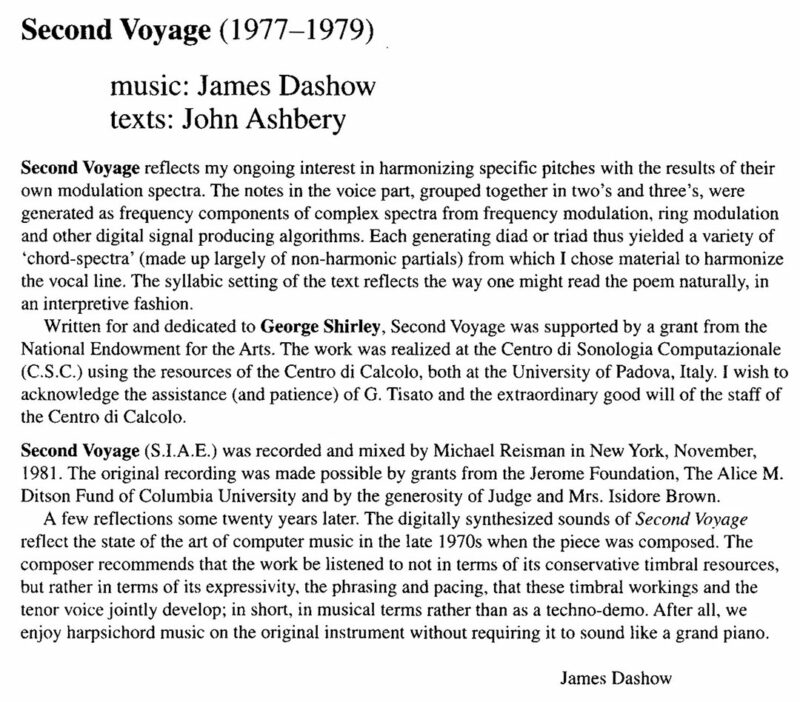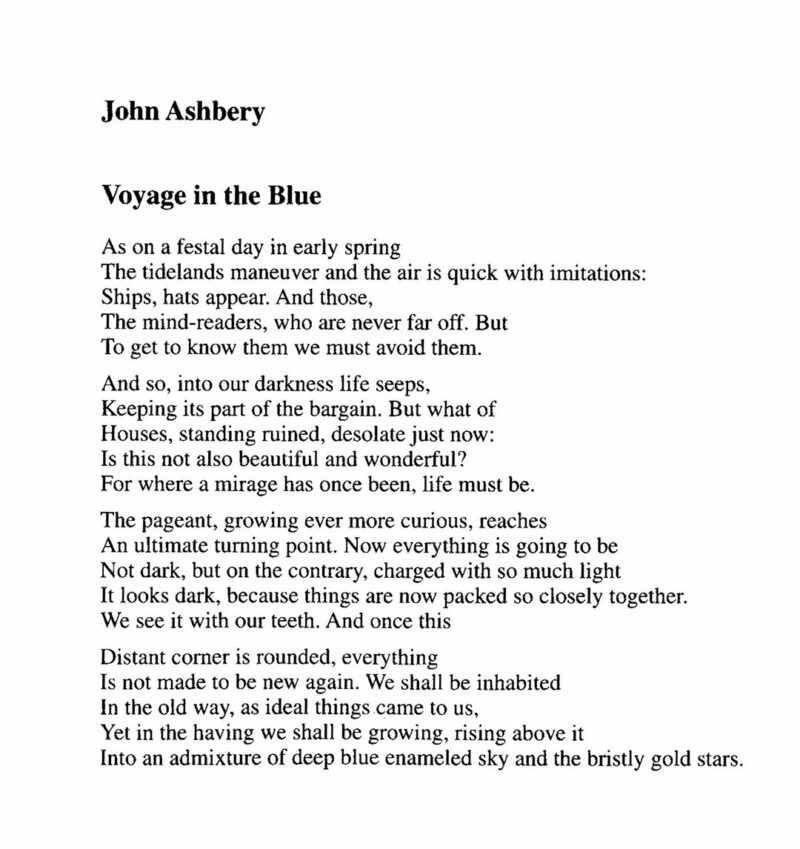
Share Album:
Songs From a Spiral Tree
James Dashow composer
James Dashow’s double album SONGS FROM A SPIRAL TREE—new from Ravello Records—collects many of Dashow’s vocal works into an abundant two-disk set. The album presents his compositions for voice, with instruments and electronic sounds, setting poems by Theodore Roethke, John Ashbery, John Berryman and Gian Giacomo Menon.
Songs from a Spiral Tree is first on the program; flute (doubling piccolo and alto flute), harp, and mezzo-soprano blossom out of the silence as the track begins. Dashow deftly captures the many moods of the fleeting imagery and quicksilver language of Roethke’s poetry, while each of these five songs create a deeply personal and intimate listening experience. Perhaps for this reason critics have called this some of Dashow’s most inspired work. Following on the Roethke work we hear settings of another legendary poet, John Ashbery. Ashbery Setting, for soprano, flute, and piano, is meticulously crafted music, which provides a deeply expressive interpretation of the poem, Clepsydra, one of Ashbery’s finest efforts. The second disc features two works with stereophonic electronic sounds: in Sul Filo dei Tramonti, due Liriche dalla Mont, poems by Gian Giacomo Menon, the electronic sounds work In tandem with soprano and piano. The sounds add contrapuntal and timbral textures that further elaborate the expressivity of the text. Some Dream Songs sets the words of John Berryman whose short, complex, and above all ironic, poems inspired Dashow to enlarge considerably his compositional bounds, yielding a definitely theatrical dimension to the work. The soprano sings, talks, converses with the violinist, sings ironic comments to the pianist, and so on. This piece can easily be heard as a kind of precursor of Dashow’s planetarium opera, ARCHIMEDES. The second of the two works with electronic sounds, Second Voyage, for tenor and computer generated electronic sounds, concludes the two-disc collection. In this piece, the vocal pitches are processed using additive synthesis, ring modulation, and other methods of sonic manipulation. The result is a web of electronic sounds, varying in density and complexity according to the pacing and imagery of the text, that enhance the vocal line while immersing the words in an expressive interpretive context. The synthesized sounds, which showcase the early state of computer music as it existed in the late 1970s, are still evocative today.
SONGS FROM A SPIRAL TREE is a fascinating wide-ranging collection of poetic-musical settings. Notwithstanding the very different texts, Dashow’s unique and finely nuanced voice is heard throughout. Each work explores different dimensions of the composer’s musical conceptions in order to both complement and deepen the poetic text. These are major contributions to the vocal repertory, music that communicates a varied yet subtle palette of human emotion with rich expressive depth.
Listen
Track Listing & Credits
| # | Title | Composer | Performer | |
|---|---|---|---|---|
| DISC ONE | ||||
| 01 | Songs from a Spiral Tree: No. 1 | James Dashow | Constance Beavon, mezzo-soprano; Lauren Weiss, flute, piccolo & alto flute; Lucia Bova, harp | 7:59 |
| 02 | Songs from a Spiral Tree: No. 2 | James Dashow | Constance Beavon, mezzo-soprano; Lauren Weiss, flute, piccolo & alto flute; Lucia Bova, harp | 3:01 |
| 03 | Songs from a Spiral Tree: No. 3 | James Dashow | Constance Beavon, mezzo-soprano; Lauren Weiss, flute, piccolo & alto flute; Lucia Bova, harp | 5:41 |
| 04 | Songs from a Spiral Tree: No. 4 | James Dashow | Constance Beavon, mezzo-soprano; Lauren Weiss, flute, piccolo & alto flute; Lucia Bova, harp | 3:57 |
| 05 | Songs from a Spiral Tree: No. 5 | James Dashow | Constance Beavon, mezzo-soprano; Lauren Weiss, flute, piccolo & alto flute; Lucia Bova, harp | 6:08 |
| 06 | Ashbery Setting | James Dashow | New York New Music Ensemble | Lisa Pierce, soprano; Jayn Rosenfeld, flute; James Winn, piano | 26:26 |
| DISC TWO | ||||
| 01 | Sul filo dei tramonti (Version for Soprano, Piano & Electronics) | James Dashow | Sonia Visentin, soprano; Aldo Orvieto, piano | 9:33 |
| 02 | Some Dream Songs: No. 1 | James Dashow | Joan Logue, soprano; Mario Buffa, violin; Giancarlo Simonacci, piano | 2:48 |
| 03 | Some Dream Songs: No. 2 | James Dashow | Joan Logue, soprano; Mario Buffa, violin; Giancarlo Simonacci, piano | 1:50 |
| 04 | Some Dream Songs: No. 3 | James Dashow | Joan Logue, soprano; Mario Buffa, violin; Giancarlo Simonacci, piano | 4:27 |
| 05 | Some Dream Songs: No. 4 | James Dashow | Joan Logue, soprano; Mario Buffa, violin; Giancarlo Simonacci, piano | 2:33 |
| 06 | Some Dream Songs: No. 5 | James Dashow | Joan Logue, soprano; Mario Buffa, violin; Giancarlo Simonacci, piano | 2:46 |
| 07 | Some Dream Songs: No. 6 | James Dashow | Joan Logue, soprano; Mario Buffa, violin; Giancarlo Simonacci, piano | 3:47 |
| 08 | Second Voyage | James Dashow | George Shirley, tenor | 17:53 |
DISC 1
SONGS FROM A SPIRAL TREE
text Theodore Roethke
© 1991 BMG-Ricordi (Roma) S.I.A.E.
Recorded January 1992 at BMG-Ariola (RCA) Studio C in Rome, Italy
Recording Engineer & Digital Editing Paolo Venditti
Commissioned by the Jubal Trio (New York)
ASHBERY SETTING
text John Ashbery
© 1991 BMG-Ricordi (Roma) S.I.A.E.
Recorded October 27-28, 1992 at BMG-Ariola (RCA) Studio C in Rome, Italy
Recording Engineer & Digital Editing Paolo Venditti
DISC 2
SUL FILO DEI TRAMONTI
due Liriche dalla Mont di Gian Giacomo Menon
text Gian Giacomo Menon
Recorded January, 2013 at Black Mirror Studios in Udine, Italy
Mixing & mastering at Delta Studios di Remanzacco in Udine, Italy
Recording Engineer, Mixing & Mastering Vittorio Vella
SOME DREAM SONGS
text John Berryman
© 1988 BMG-Ricordi (Roma) S.I.A.E.
Recorded May 2-3, 1988 at BMG-Ariola (RCA) Studio C in Rome, Italy
Recording Engineer Paolo Venditti
American Academy & Institute of Arts and Letters Composers Award Recording
SECOND VOYAGE
text John Ashbery
Recorded November 1981 in New York NY. Computer sounds realized at the Centro di Sonologia Computazionale of the Centro di Calcolo, University of Padova (Italy), using the composer’s version of Vercoe’s MUSIC360 program for digital sound synthesis.
Recording Engineer & Mixing Michael Reisman
Previously released on Computer Directions (1982), from Composer Recordings Inc. (CRI SD 456). Supported by a grant from the U.S. National Endowment for the Arts. This recording was made possible by grants from the Jerome Foundation, the Alice M. Ditson Fund of Columbia University and the generosity of Judge and Mrs. Isidore Brown.
Photos of Eastern Meadowlark on cover Amanda Guercio / Shutterstock
Executive Producer Bob Lord
Executive A&R Sam Renshaw
A&R Director Brandon MacNeil
VP, Audio Production Jeff LeRoy
Audio Director Lucas Paquette
Mastering Shaun Michaud
VP, Design & Marketing Brett Picknell
Art Director Ryan Harrison
Design Edward A. Fleming
Publicity Patrick Niland, Sara Warner
Artist Information
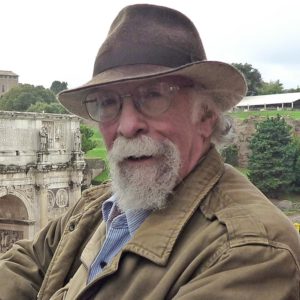
James Dashow
James Dashow has had commissions, awards and grants from the Bourges International Festival of Experimental Music, the Guggenheim Memorial Foundation, Linz Ars Electronica Festival, the Fromm Foundation, the Biennale di Venezia, the USA National Endowment for the Arts, RAI (Italian National Radio), the American Academy and Institute of Arts and Letters, the Rockefeller Foundation, Il Cantiere Internazionale d’Arte (Montepulciano, Italy), the Koussevitzky Foundation, Prague Musica Nova, and the Harvard Musical Association of Boston. In 2000, he was awarded the prestigious Prix Magistere at the 30th Festival International de Musique et d’Art Sonore Electroacoustiques in Bourges.



